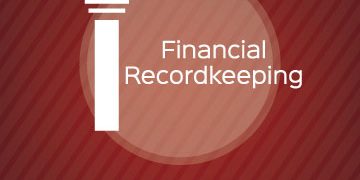We all agree that every strong structure needs a solid foundation to prevent it from crumbling to pieces. This foundation is the basis or shall I say is necessary in order for a structure to withstand the earthly elements and be around for awhile. Well it’s the same in business. Your business needs to have a strong foundation to ensure that everything you have worked so hard for doesn’t crumble to pieces. You cannot be so caught up in the busyness of your business that you don’t take the time to track and monitor the metrics in your business.
In my opinion, there are four foundation pillars that your business needs to have in order to stand the test of time. If all four of these pillars are present, your business will have a solid and sturdy foundation. If you take one or two of the pillars a way, your business structure will become unsteady, begin to shake and eventually crumble.
These four pillars not only help you lay the foundation for your business, or fill the cracks within the foundation of your already established business, but they will also help increase your bottom line.
I am going to share these pillars with you one by one over the next four weeks while also explaining how you can implement each pillar into your day to day back office processes.
The first pillar is Financial Record Keeping. This pillar focuses on bookkeeping and accounting services, tracking your inflows and outflows, reporting. It’s important that you consistently track the numbers in your business. It is the only way you can really know what is going on in your business. You have to know your numbers before you can grow your numbers.
Financial Recordkeeping requires consistent recording and tracking the of the cash inflows and outflows of your business. Financial Record Keeping is not keeping all of you r invoices, statements and receipts in a box or in a folder in the corner of your office…never to be seen again.
Cloud accounting software today have made it super easy to maintain your records. You can connect your bank account directly to your accounting software so that you no longer have to key in every transaction. Once your account is connected it will download all of the transactions that cleared the night before and place them in a “holding chamber” until you are ready to review them and post them. That’s right no more data entry.
In order to do this consistently, you can develop a step by step process, document it and follow it to a tee or train an employee to do that. You can also hire a professional bookkeeper or accounting practice to assist you with the set up and implementation of this process.
Staying on top of your day to day record keeping will help you find the money leaks in your business, and over time reduce costs and increase revenues.
Next week we will discuss Financial Pillar number two – Financial Management.









